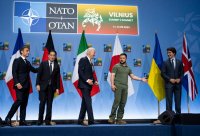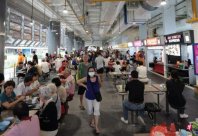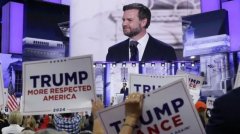
Singapore is a bright pearl in the South China Sea.In the garden, the garden is in the middle school, forming a flower world.Visitors entered the city from Changyi International Airport and took the Avenue East Coast Park Avenue (ECP) into the urban area.Essence
There are many famous attractions that attract tourists in Singapore, Xingyao Zhangyi, Shengtao Sand Island, Poultry Park, Merlion Park, Binhai Bay Garden, Night Wild Zoo, Little India, Harchi Lane, etc.Unique, highlights.
However, there is a scenery. Most of the tourists have lost their arms, but they are favored by linguist, that is, Singapore's language landscape.
Chinese tourists listen to or talk to the local Chinese, you will hear the words of Pasar, Baxian, Dushi, Ganbang, Batu, Nyonya, Eating Wind, Marseille, Marseille, Elderly People and other words;When you taste the local cuisine, you will hear the words of tea, laba, meat noodles, and Moda when you taste local food.No one in Chinese tourists knows tap water and storage pools, but Singapore also has new water and pools. These two water and two pools are not the same, but what is the difference?Is it possible to be a language landscape in Singapore?It is just a "viewing" that must resort to vision, not hearing.Let's talk about the language landscape of visual visual.
What is "language landscape"?"Language Landscape" refers to "public road signs, billboards, street names, place names, shop signs, and the language used by government agencies. These languages together constitute a language and landscape in a specific area, region or urban neighborhood."To put it plainly, language and landscape are a colorful kaleidoscope.
The author has worked and lived in Singapore for 16 years. After retiring and leaving, he has repeatedly traveled many times. He can't be said to be a little bit familiar with the language landscape of Singapore.However, when I recently read a bookmark of a book named Southeast Asian Chinese Social Language Landscape (Published by China Social Science Press in May 2024, pp. 270), I saw a set of data listed by the author Professor Zhu Xiaohong. I think ""Research is" research ", which can be studied.
Or ask, how many signs are there in Singapore?In May 2017 and 2018, Professor Zhu was collected at Wujie Road, Singapore Central Hospital, Little India, Chinatown, Banhai Bay, Newton Hemowns Center, Zhangi Airport, Bange Goose and other places.1614 linguistic identification and analyze it.The result is: 843 English signs, accounting for 52 %; 54 Chinese signs, accounting for 3 %; Hua -English signboard 407 yuan, accounting for 25 %;Mill's signature 34 yuan, accounting for 2 %; 15 yuan of Hua -Ying -Japan signs, accounting for 1 %; 144 yuan of Hua -Ying -Witch -Dan signboard, accounting for 9 %;%.The above data shows that the four -language signboard accounts for only 9 %, indicating that the four official Chinese are not "flat and flat", and the four -language is more symbolic; Hua -British bilingual signboard accounts for 25 %, which shows that the dominant position, Chinese and Chinese and Chinese and Chinese and Chinese and ChineseEnglish has strong accompaniment.Limited to the length, the humble text cannot be detailed one by one.The first chapter of Zhu Xiaohong's monograph is "Singapore Chinese Ecological Planning under the perspective of language landscape", which is well described.
The diversity of nation, language, and culture is one of the main characteristics of Singapore, and the language of the people of all ethnic groups in Singapore is a resource and a Singaporean asset, which should be fully used.In public places, there are four official Chinese in public places that must be described in text, just like four texts printed on the banknotes at the same time.This measure is enough to form a unique language landscape in Singapore, which is unique in Asia.
The author recommends that Singapore ’s official official pass planning, invested a little funds, and made a beautiful four -character road sign, a public transportation station brand brand, replacing the existing old street signs and old stop signs.You can also start with tourist attractions. Regardless of signs, warnings, and explanations, you will use four -character comparison.Broadcasting in tourist attractions, foreign -related public places, etc. All in four languages.
In all places that must be described in words, four languages are used at the same time, which is a project that shapes the national image.Once the project is completed, a new and beautiful language landscape is displayed in front of the Chinese and the world.
The author is a senior Chinese worker




